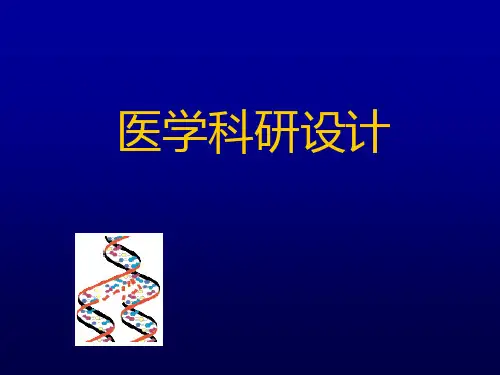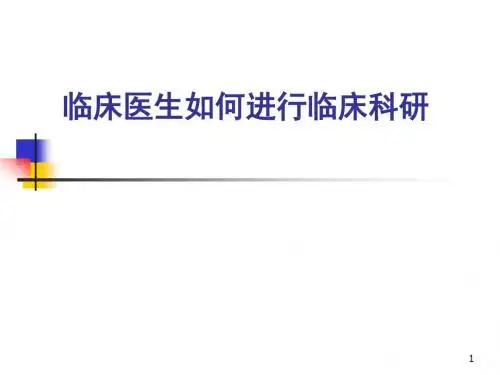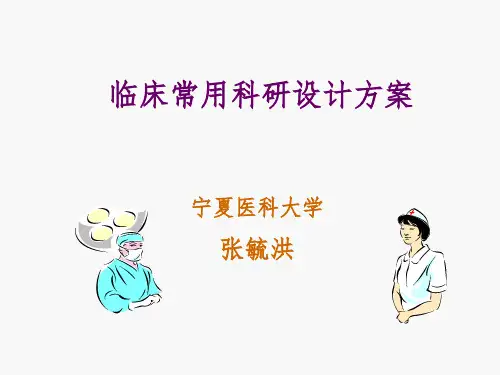随机化抽样 (sampling):增加研究对象代表性 随机化分组 (Grouping ): 意义:增加可比性,排除非研
究因素的影响。 随机化是数据统计的前提条件
随机化抽样 (randomized sampling )
普查 目标人群
抽样
总体μ和ρ
代表性?
样本
?推 论
结果
调查实施
随机化抽样的方法
均衡原则:
即各处理组非实验因素的条件基本一致,以消除其影响。
有效的对照:比较的两组除了研究因素外,非研究因素的 分布在实验组和对照组相同。
实验组:F + F11 + F12 + …+ F1n
Y1
对照组:F + F21 + F22 + … +F2n
Y2
F因素的效应:△Y=Y1-Y2 条件是:F11=F21, 且F12=F22, ….. F1n=F2n
括研究因素的强度、频率、给药时间和方法,测 量方法等。
如年龄、吸烟的调查
吸烟的标准
Never smokers were defined as subjects who had never smoked or had smoked fewer than 100 cigarettes in his or her lifetime. Former smokers reported a history of smoking but had stopped at least 1 year before being diagnosed with lung cancer (or 1 year before enrollment in the study, for control subjects). Current smokers were currently smoking or had stopped smoking less than 1 year before being diagnosed with lung cancer (or less than 1 year before enrollment in the study, for control subjects).










